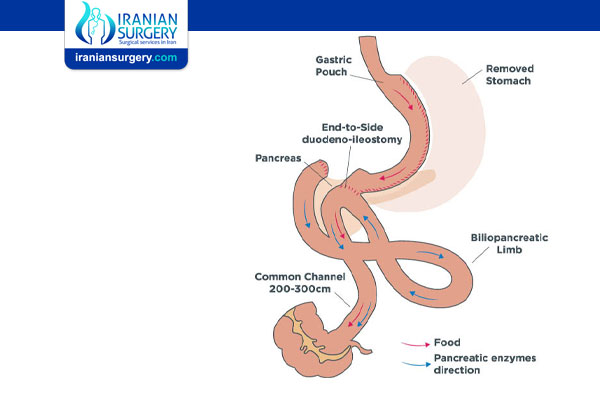Before and After SADI-S Surgery
Before and After SADI-S Surgery
SADI-S Pre-Operative Care
All patients are required to commence an Optifast-based diet for a period of 2-3 weeks, prior to SADI-S surgery. This diet induces a change to the patient’s metabolism, putting it into a Ketotic state, known as Ketosis.
During this period, the patient’s diet will be restricted, with only certain additional foods allowed. Your Dietitian will provide clear direction, tailored to you. No carbohydrates, sugars, fruits or juices are permitted during this Optifast period.
The ketosis will result in fat stores coming out of the liver, to provide the metabolic fuel your body needs. During surgery, it is necessary to retract the liver. The reduction in fat stores in the lead-up to surgery allows for this to be done safely, without the risk of damaging or tearing the liver during the procedure.
Some patients may note that they can lose 5-10% of their body weight during this period. It would be great if this were sustainable long-term, but Optifast isn’t sustainable over time.
Medication
Most medications can continue until the day of surgery, and they will be recommenced post-operatively under our direction.
Some blood thinners and anti-platelet agents will need to be stopped 2-10 days prior to surgery, depending on the particular medication. We will provide advice tailored to each patient.
Fish Oil supplements should not be consumed within 14 days of surgery.
SADI-S Post-Operative Care
. Wound Care
The small keyhole incisions are all closed with dissolving stitches, which are all placed under the skin so that you will never need to see them.
We also use either tissue glue, or steristrips and waterproof dressings, to ensure the skin heals in a clean and dry environment. Patients can bathe or shower with these dressings in place, however, they should be patted dry afterwards.
The dressings are normally removed 10 days after surgery, and the incisions should have healed up nicely by then.
. Pain Management
Most patients’ post-operative discomfort has settled by the time of discharge from the hospital.
Some patients may still require a small amount of oral medication, to help manage ongoing discomfort for a week or so. This can include Panadol, Panadeine Forte, Endone or occasionally other medicines.
. Other Medicines
Routine medications can be recommenced as directed in the post-operative phase. Any blood-thinning agents that patients were previously taking will also be recommenced as directed by the medical team.
Many patients will be directed to take a PPI (Proton Pump Inhibitor) such as Nexium, Somac or Losec for a certain period after surgery, to reduce stomach acid production.
Recovery Time
As a guide, most patients need 2-3 nights in hospital post-op, and depending on the work in which you are employed, anywhere from 3-14 days off work. Most patients can start walking within a few days, and more vigorous exercise can commence within 3 weeks.
Post-Operative Diet
Surgery will help patients to start their weight loss journey. However, in order to achieve successful long-term results, dietary and behavioral changes are necessary.
While each patient will be given specific dietary advice based on their personal requirements, the following is a very brief recommended guideline for your diet following SADI-S surgery.
. Week 1
. Liquid nourishment
. Weeks 2 – 4
. Pureed food
. Week 4 +
. Commencement of soft solid diet.
Source:
. https://www.bodyfree.com.au/sadi-weight-loss-surgery-bariatric-surgery/


